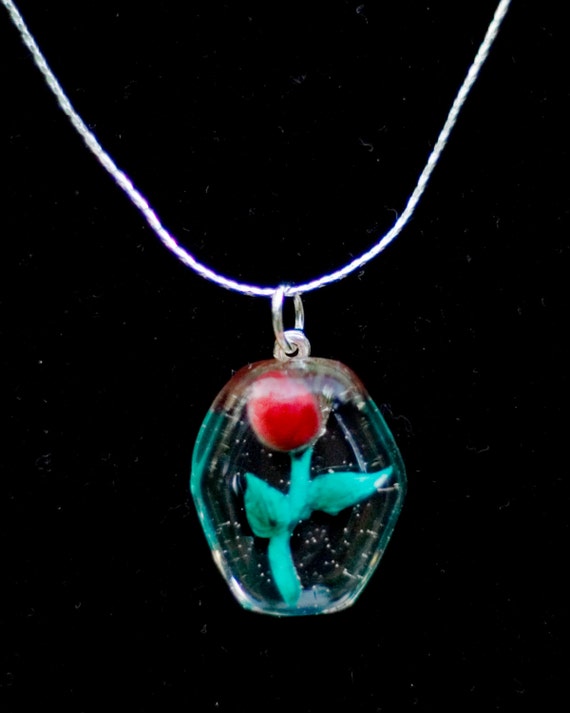

So here are the best methods for each type of flower. Some really discolor the flowers so you end up with a ugly green something and others won't change with the colors of the flowers at all.

They also not all react the same way with natural material. Finding the right resin for your purpose is really process of try and error. Small bubbles in the resin can be popped with a small blow torch or a lighter. When the resin is poured into the mold, the embedded object needs to be moved around a bit, to prevent air bubbles underneath the object. That can be a plastic or silicone mold for resin, a silicone mold that was originally meant for baking, or even a mold you made yourself! Silicone is always a good choice, because the resin won't stick to it and it's flexible enough to get the final product out of the mold. Then you need a mold of the piece you’re planning on casting to pour the resin into. Pouring the mixture from one container into an other helps with the mixing of the two parts. If you use too much of one part and not enough of the other, which can either lead to a casting that’s brittle, or a cast that doesn’t fully set and remains sticky. The mixing ratio and evenly mixing of the two parts is the vital part of using resin. The drying time can highly vary from 12 to 48 hours, so does time you are able to work with it and viscosity. When mixed, a chemical reaction occurs where they go cure and harden. All resins are a two part system, consisting of the base resin and the hardener.


 0 kommentar(er)
0 kommentar(er)
